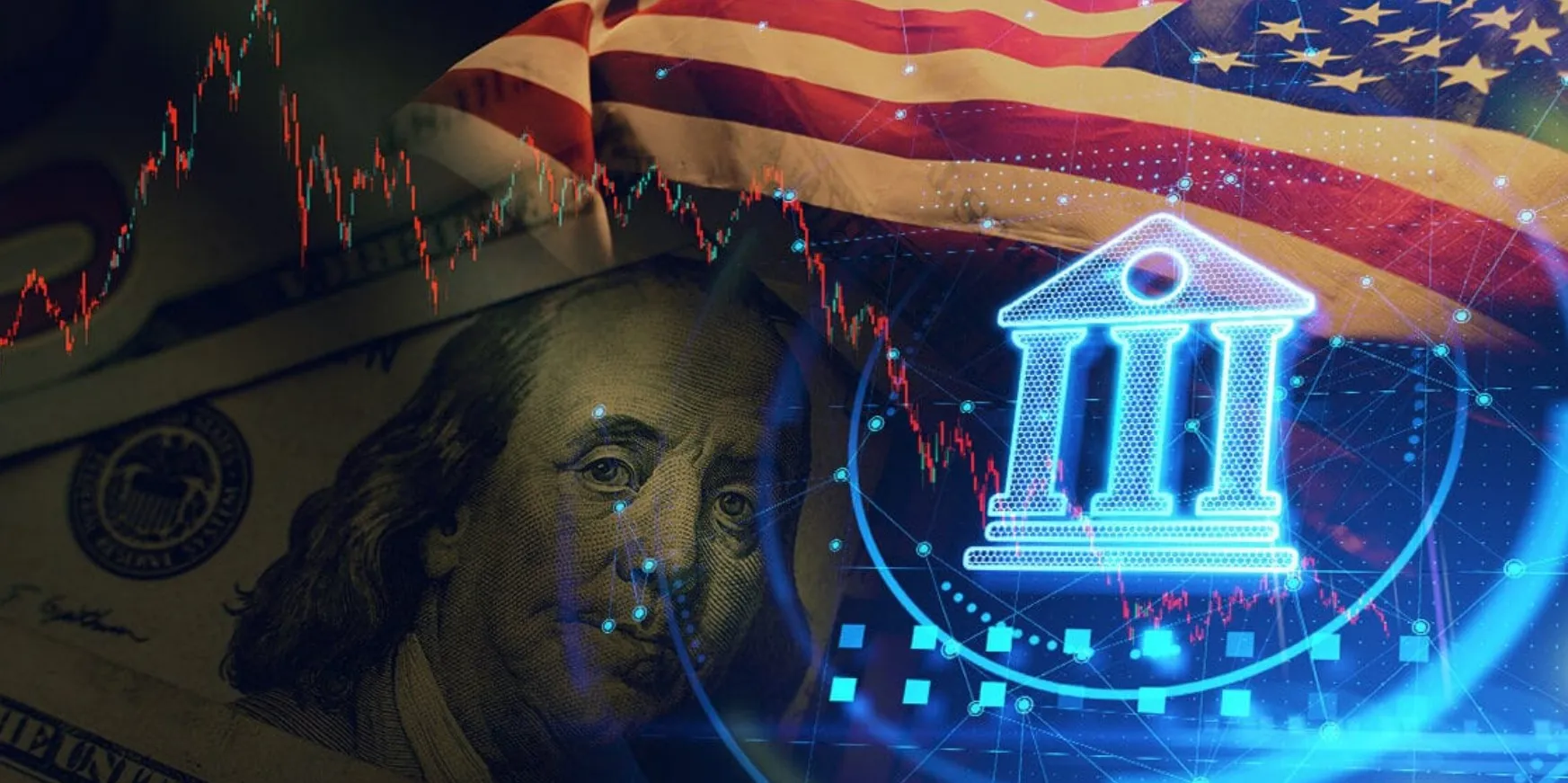- Tokenized Treasury Bonds experience an increase in value, becoming an attractive option in the current financial environment.
- From cryptocurrency investors to financial institutions, everyone is attracted to the tokenization of these assets.
While cryptocurrencies have been in the spotlight, the tokenization of US Treasury Bonds has emerged as a magnificent phenomenon.
Aided by macroeconomic influences and strong growth, these assets have changed the financial landscape.
The tokenized Treasury Bond market
In a short period, its market capitalization has increased from $104 million to $675 million, according to data from 21 [.] co.
This growth has been attributed in part to the increase in US Treasury yields, as a result of the Federal Reserve’s policies.
Three-month Treasury yields have gone from 0% to over 5% at the time of writing. This fact has made these assets an attractive option amid the unstable macroeconomic and geopolitical environment.
The interest
Tokenized Treasury Bonds are also gaining traction in the mainstream finance space. Renowned financial institutions such as Franklin Templeton, the European Investment Bank and BlackRock have embraced tokenization as the “next generation for markets.” These entities have issued tokenized bonds worth hundreds of millions of dollars on blockchain platforms such as Stellar and Polygon.
This is because they offer instant settlement, 24/7 trading, lower costs, and transform illiquid assets into liquid instruments.
A diversification option
Often, traditional Treasury Bonds act as a “shock absorber” in case the stock market experiences a crash.
Risk management has become equally essential in the cryptocurrency space, with investors often turning to stablecoins as a haven.
However, these stablecoins do not offer substantial returns. This has led to the growing adoption of tokenized Treasury Bonds as an attractive alternative.
Furthermore, the perception of US Treasury Bonds as “risk-free” assets makes them especially attractive in the current economic environment.
The expansion of tokenization
Other real-world assets, such as invoices and accounts receivable in the trade finance space, are also being tokenized.
This offers more financing options for small businesses and provides a broader range of assets to investors.
According to Nils Behling, COO of Tradeteq, this market could exceed $1 trillion and represents “the final frontier of finance.”
Growth in the small business lending sector
Small business lending is another area that has seen a substantial increase in tokenization. For some small businesses, they can earn good returns by tokenizing assets like tax refunds that took years to process.
When the return on a real-world asset exceeds 10%, it attracts funds, high net worth investors, and institutional allocators.
And in the future?
Experts such as Adam Lawrence, CEO of RWA [.] xyz, predict that tokenized Treasuries could increase ten times their current size in the coming quarters.
This market will continue to expand in the future, changing both traditional and digital finance, and playing an essential role in financial evolution.

